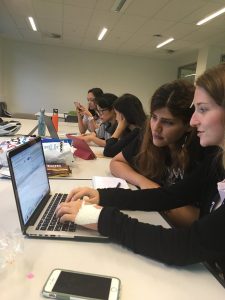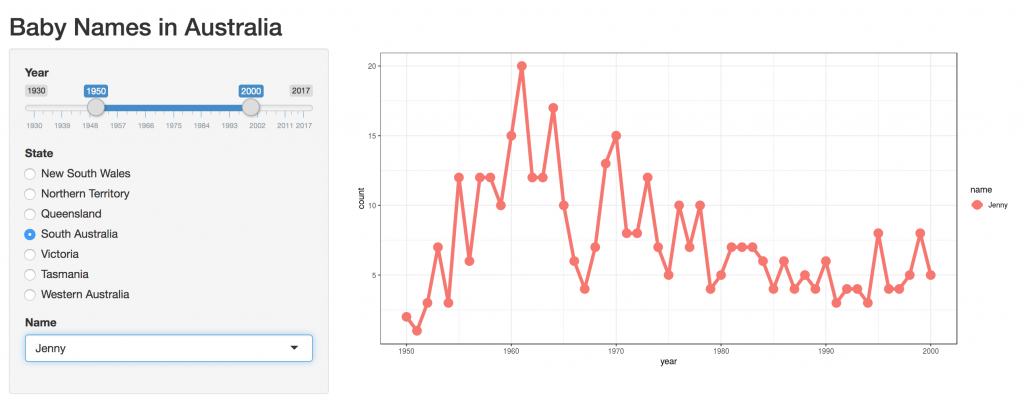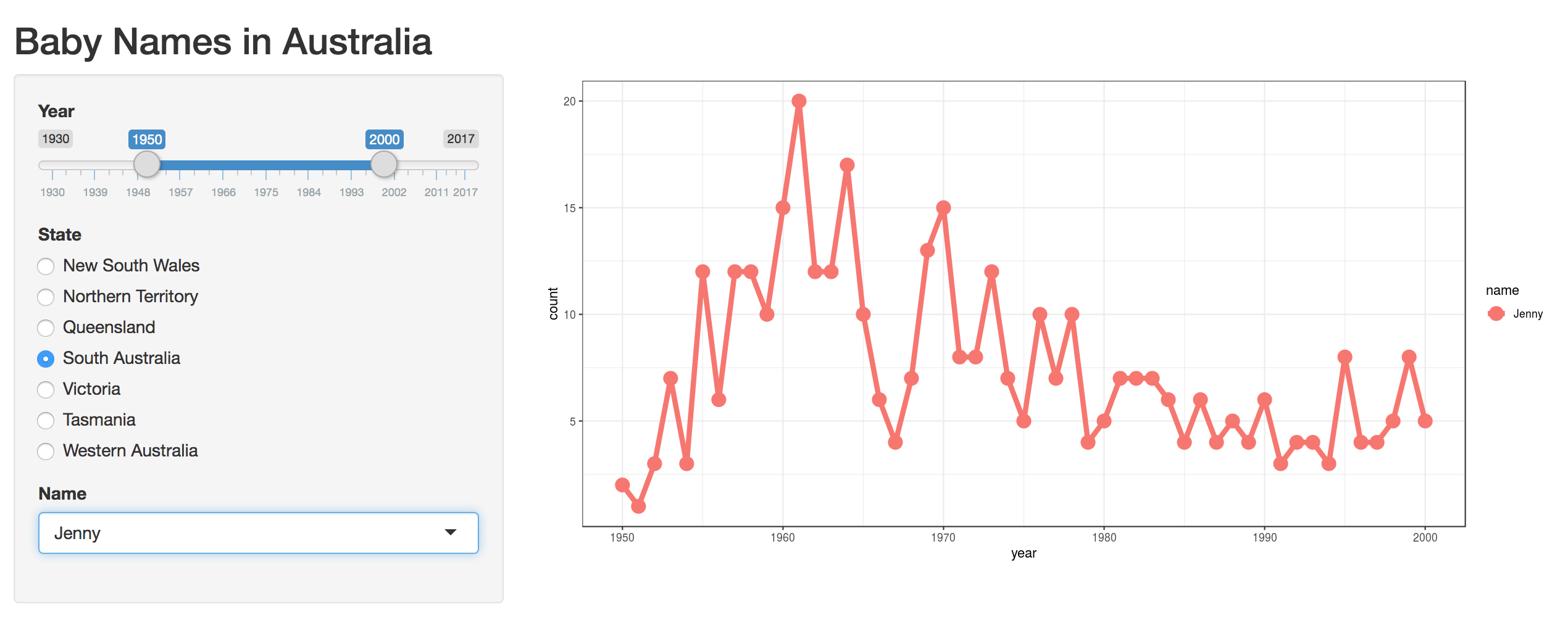By Jennifer Sloane
 If you go to twitter, you can see that #dataHackEd was trending just a couple of weeks ago. But what does dataHackEd even mean? What was all the buzz? It may be helpful to start with a definition of hacking: “Computer hacking refers to the practice of modifying or altering computer software and hardware to accomplish a goal that is considered to be outside of the creator’s original objective.” (definition from https://cyber.laws.com/hacking)
If you go to twitter, you can see that #dataHackEd was trending just a couple of weeks ago. But what does dataHackEd even mean? What was all the buzz? It may be helpful to start with a definition of hacking: “Computer hacking refers to the practice of modifying or altering computer software and hardware to accomplish a goal that is considered to be outside of the creator’s original objective.” (definition from https://cyber.laws.com/hacking)
The Australian Data Science Education Institute hosted the first ever “Resource Hack Day” on March 27th 2019 in Melbourne. The purpose of the event was for teachers and “hackers” with an interest in data science education to come together and brainstorm ways to support education from primary school to Year 12. The twitter hashtag is, therefore, a play on data hacking for educational purposes.
While the main event took place in Melbourne, with help from Dr. Jenny Richmond, we organized and hosted an event at UNSW and participated remotely. Our goal was to create resources that teachers can use to help students to visualise, analyse, and interpret big datasets. At first, I thought this seemed like a very daunting task and didn’t even know where to begin. However, we had an incredible team of 6 enthusiastic researchers that were eager to get started. We all agreed to work with a dataset that looks at the trends of baby names across different states in Australia.

We spent hours analysing and trying our best to fully understand the dataset… which is not such a simple task considering there are 252,358 rows of data! You can see some of the cool graphs we created on this page using excel and two programming languages (i.e. Python and R). And if you are interested, you can check out the interactive website (https://j-sloane-92.shinyapps.io/babynames/) I created to help visualize this huge dataset. Although, as you can see from the website, I may have been biased in choosing a few of the “best” names (I’m still working on how to include all 57167 names without it crashing). Aside from creating visualizations, we spent time typing up notes, key findings, and step-by-step guides that may be useful for teachers with little to no programming experience.

Hack Day was a huge success in both Sydney and Melbourne. People were working on several different projects and datasets in a shared space, so now everyone has access to all of the material. We had such a great time in Sydney, we are already planning our next Hack Day. Additionally, one of my long-term goals is to organise and run workshops at local high schools with our new resources to teach younger students all about data science in a fun, interactive, and engaging way.
If you are interested in getting involved in any way, please contact me directly (j.sloane@unsw.edu.au).
Follow Jennifer on Twitter

